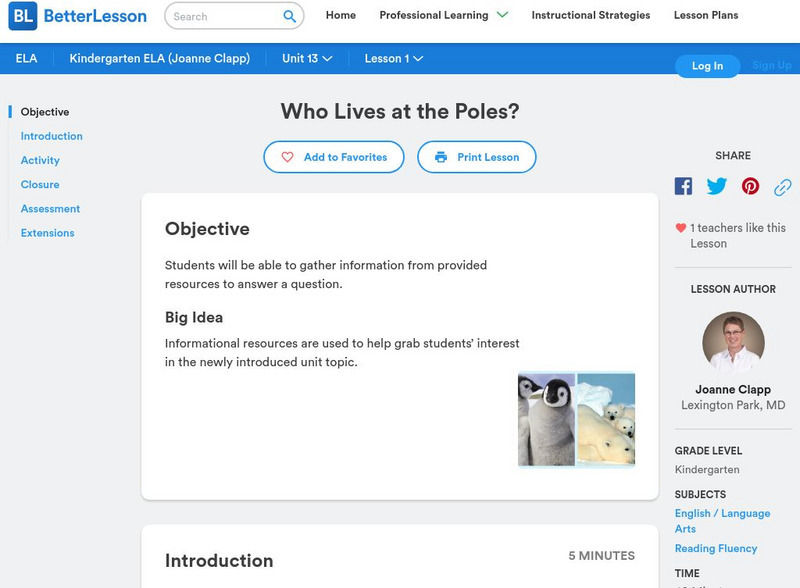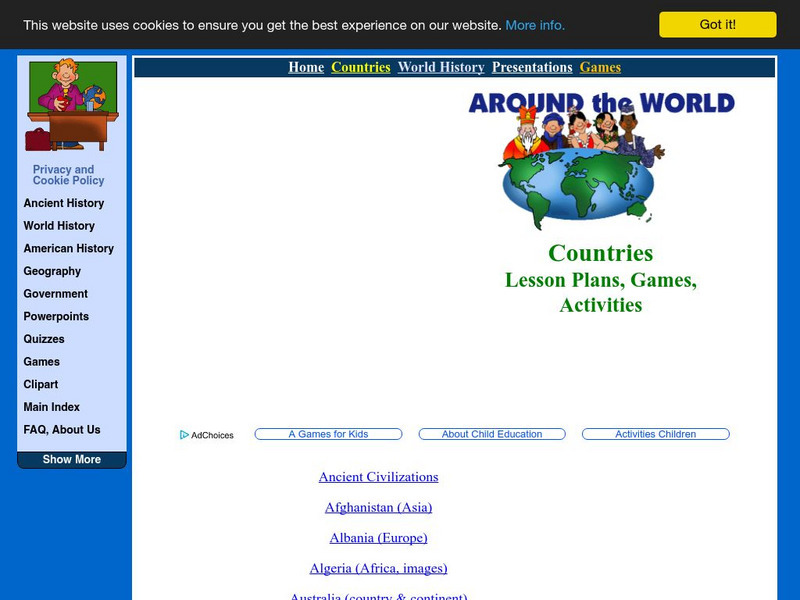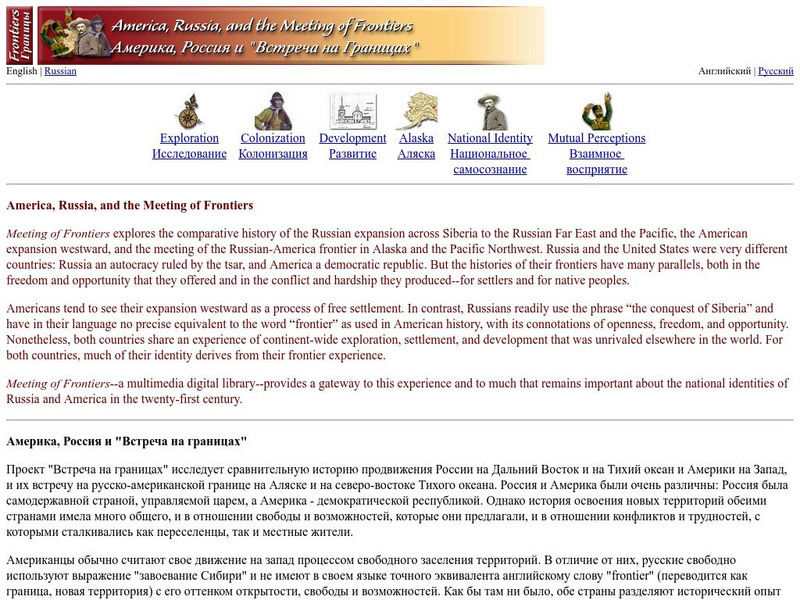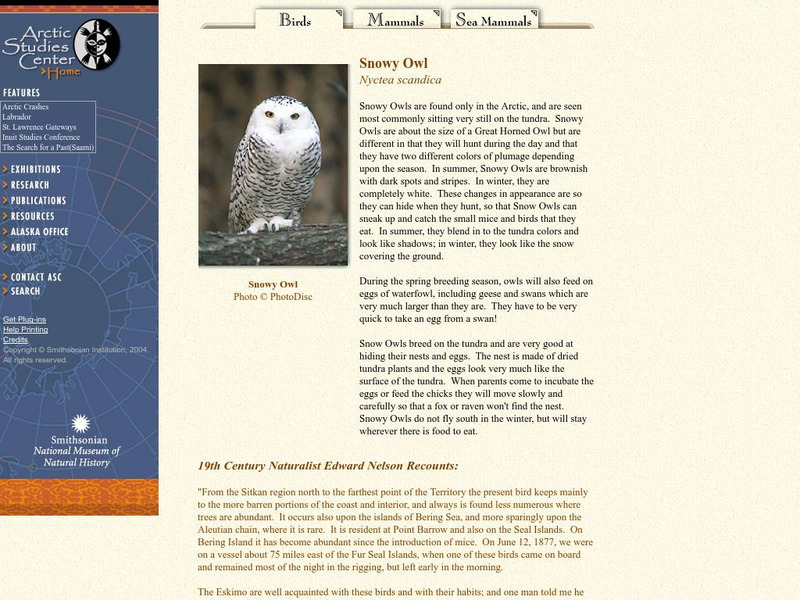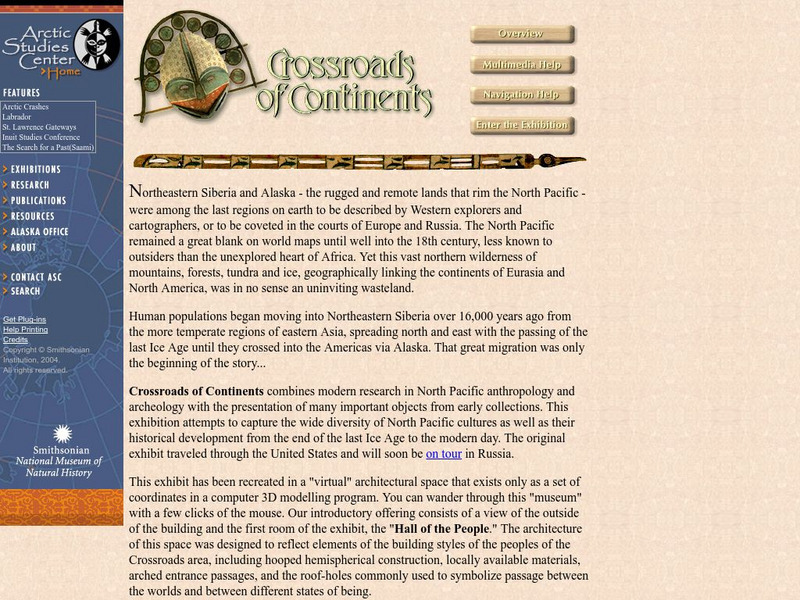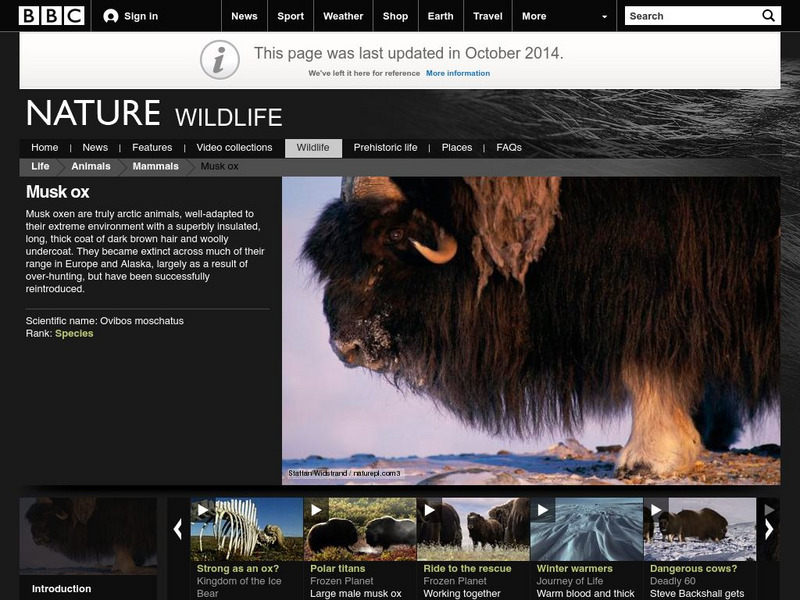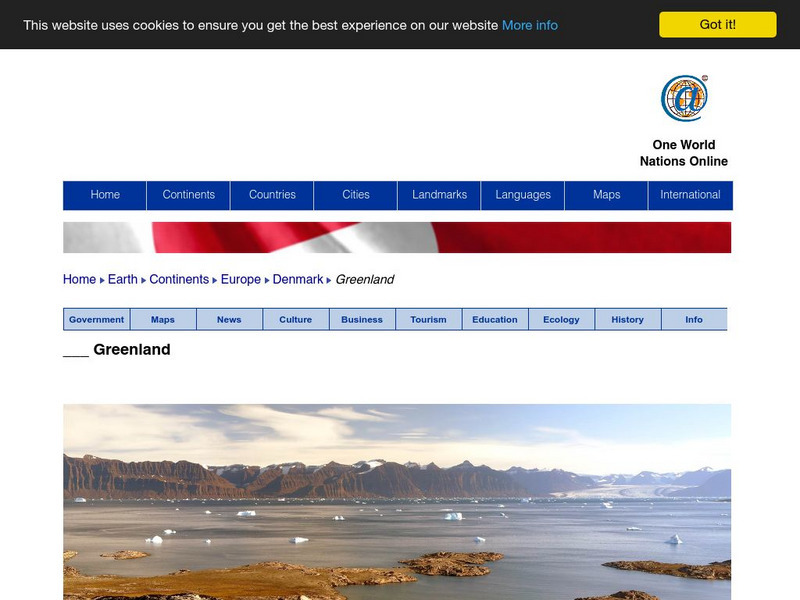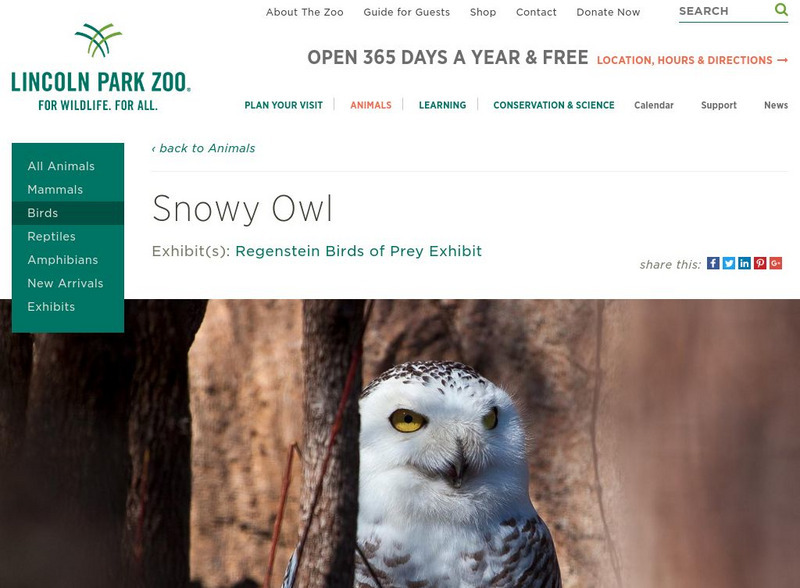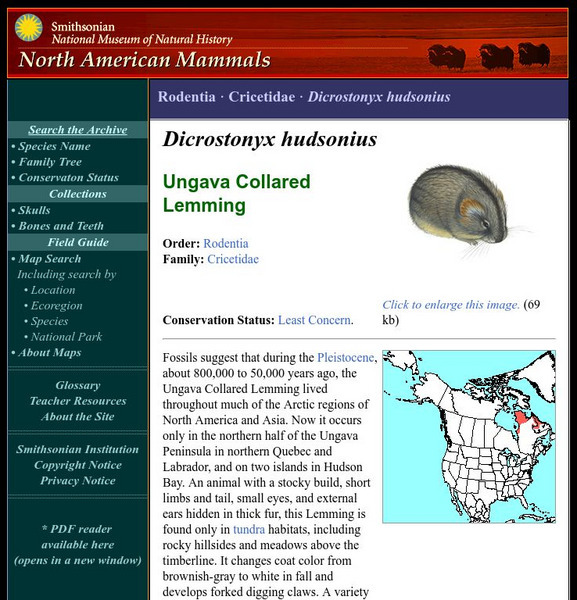Other
Primer on Climate Change and Human Health [Pdf]
A comprehensive guide to climate change in Canada. This site offers both a national look and then looks at the implications of climate change on specific regions and provinces.
Science Education Resource Center at Carleton College
Serc: Sea Ice Extension for the Earth as a System Learning Activity
The purpose of this instructional activity is for students to learn how the Earth's systems interact on a global level. They will examine global environmental data and compare this to data on the polar regions. In the process, they will...
Better Lesson
Better Lesson: Who Lives at the Poles?
In this lesson, students will be able to gather information from provided resources to answer a question. Included is a video of the introduction of this lesson, pictures of students' completed work, and examples of books on the subject...
Lin and Don Donn
Lin and Don Donn: Countries and Continents
This resource provides links to ideas and for teaching about the Arctic Circle and about the Antarctic. There are also links to additional sites.
Other
Social History of the North: Circumpolar History Timetables
Find information on 37,000 years of civilization in the far North, including Russia, Northern Europe, and North America. This site is well organized, frequently updated, and offers an extensive bibliography.
Northwestern University
American Memory: Edward S. Curtis's North American Indian: Photographic Images
Find Native American tribes grouped by geographic location as well as relevant information and pictures.
Library of Congress
Loc: America, Russia & Frontier Meeting
This Web site is a multimedia English-Russian digital resource that describes the American westward-Russian eastward explorations and their frontier meeting.
NOAA
Noaa: Following the Ocean Unicorn [Pdf]
Learn what a narwhal is and how climate change may be challenging their existence. Make a poster that demonstrates your understanding.
Smithsonian Institution
National Museum of Natural History: Snowy Owl
This Smithsonian website has a brief, but thorough, article on the Snowy Owl that also includes a picture and an extensive quote from the 19th Century naturalist Edward Nelson.
Smithsonian Institution
National Museum of Natural History: The Living Yamal
A Smithsonian site that tells of the history and culture of the Yamal people of Siberia.
Smithsonian Institution
National Museum of Natural History: Crossroads of Continents
Very interesting Smithsonian web exhibition on the culture of the peoples surrounding the Bering Strait. Enter the museum to find lost cultures due to the Cold War. Fun museum to click around in!
University of California
Polar Bear Capital of the World
Churchill, Canada is known for its polar bear population before the bay freezes. Find out all about this incredible visitation every year. Read polar bear facts, lore, rules of bear safety, and wildlife management applied to polar bears.
Other
Canada and the Circumpolar World
This government resource has information about Canada's policies in the Arctic, and the activities it is involved in to protect and maintain sovereignty over the Canadian Arctic.
Smithsonian Institution
National Museum of Natural History: Tufted Puffin
This Smithsonian website has a brief, but thorough, article on the Tufted Puffin. It also includes pictures and an extensive quote from 19th Century naturalist Edward Nelson.
Other
U.s. Antarctic Program
This government site delves into the research of all aspects of the Antarctic region including its ecosystems, its impact on the climate, and aerospace.
Woods Hole Oceanographic Institution
Woods Hole Oceanography Institute: Comparing the Poles
Have you ever wondered how the Arctic differs from the Antarctic? This resources contrasts the physical features, organisms and human impact of these two regions.
McGill University
Mc Gill University: Canadian Biodiversity: Ecozones: Taiga Shield
This ecozone stretches eastward from the Taiga Plains to just south of the Southern Arctic. This brief, concise description includes a collection of images of the animals and birds native to the location. Many of the images include...
National Wildlife Federation
National Wildlife: The Incredible Shrinking Polar Bears
This article, published by National Wildlife Magazine (February/March 2004 issue), offers an insightful look into the life of the polar bears of Canada's Hudson Bay. The article looks at why these bears are losing weight and bearing...
Nations Online Project
Nations Online: Greenland
Features a country profile of Greenland, the world's largest island , background details, and numerous links to comprehensive information on the islands culture, history, geography, economy, environment, population, news, government, and...
Other
Scott Polar Research Institute: Polar Bears
Here you can learn about polar bears: where they live, what they eat, and what each part of their body is adapted for.
Lincoln Park Zoo
Lincoln Park Zoo: Snowy Owl
Lincoln Park Zoo presents facts on the snowy owl, including its physical description, it's habitat, it's niche, and it's life history.
Smithsonian Institution
National Museum of Natural History: American Mammals: Ungava Collared Lemming
Fossils suggest that during the Pleistocene, about 800,000 to 50,000 years ago, the Ungava Collared Lemming lived throughout much of the Arctic regions of North America and Asia. Now it occurs only in the northern half of the Ungava...
University of Guelph
Canada's Polar Environments
This site is a set of images along with volumes of information make this site a treasure trove. The site has satellite images.
Other popular searches
- The Arctic Region
- Social Studies Arctic Region
- Sciencegrade 1 Arctic Region
- Science Grade 1 Arctic Region
- Polar Region Arctic


![Primer on Climate Change and Human Health [Pdf] Handout Primer on Climate Change and Human Health [Pdf] Handout](https://d15y2dacu3jp90.cloudfront.net/images/attachment_defaults/resource/large/FPO-knovation.png)

